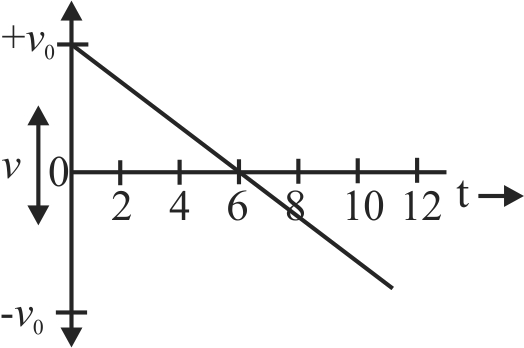361801
Assertion :
For motion in two or three dimensions, velocity and acceleration vectors must have any angle between \(0^{\circ}\) and \(180^{\circ}\) between them.
Reason :
For one dimensional motion the angle between velocity and acceleration of an object is either \(0^{\circ}\) or \(180^{\circ}\).
361801
Assertion :
For motion in two or three dimensions, velocity and acceleration vectors must have any angle between \(0^{\circ}\) and \(180^{\circ}\) between them.
Reason :
For one dimensional motion the angle between velocity and acceleration of an object is either \(0^{\circ}\) or \(180^{\circ}\).
361801
Assertion :
For motion in two or three dimensions, velocity and acceleration vectors must have any angle between \(0^{\circ}\) and \(180^{\circ}\) between them.
Reason :
For one dimensional motion the angle between velocity and acceleration of an object is either \(0^{\circ}\) or \(180^{\circ}\).
361801
Assertion :
For motion in two or three dimensions, velocity and acceleration vectors must have any angle between \(0^{\circ}\) and \(180^{\circ}\) between them.
Reason :
For one dimensional motion the angle between velocity and acceleration of an object is either \(0^{\circ}\) or \(180^{\circ}\).
361801
Assertion :
For motion in two or three dimensions, velocity and acceleration vectors must have any angle between \(0^{\circ}\) and \(180^{\circ}\) between them.
Reason :
For one dimensional motion the angle between velocity and acceleration of an object is either \(0^{\circ}\) or \(180^{\circ}\).
